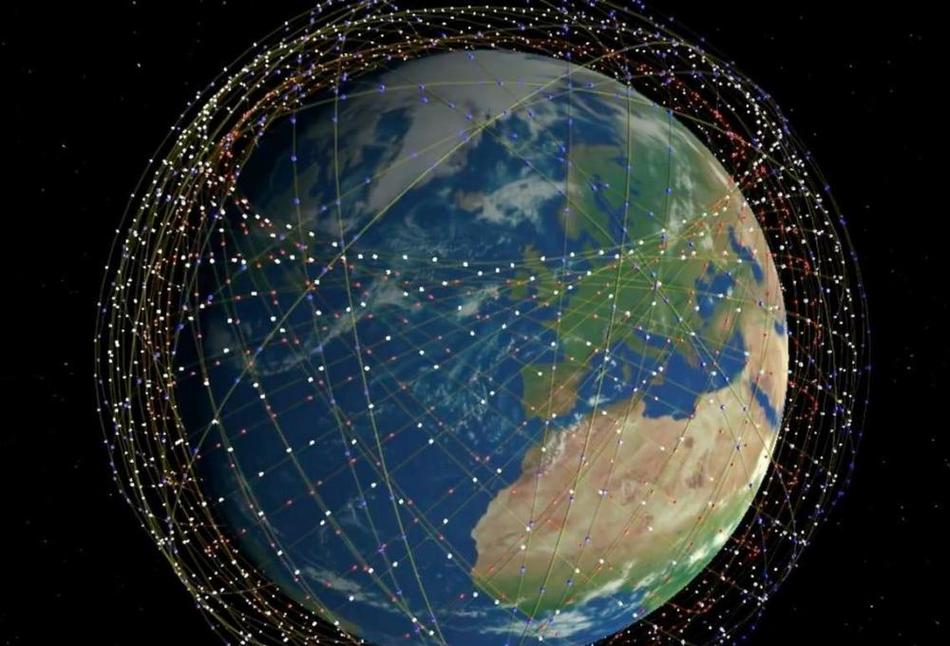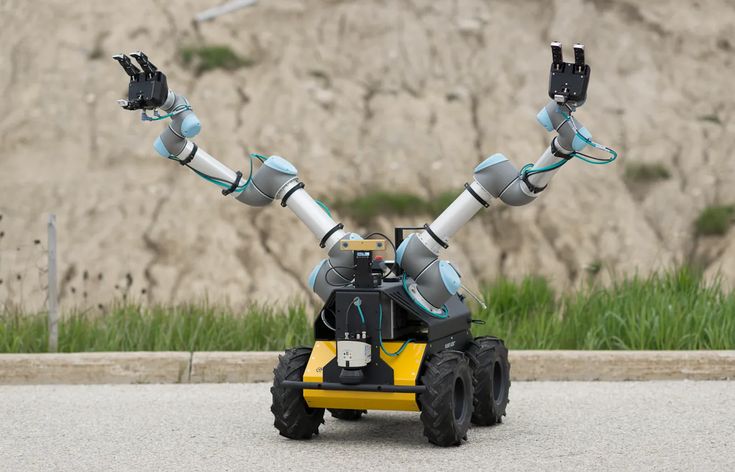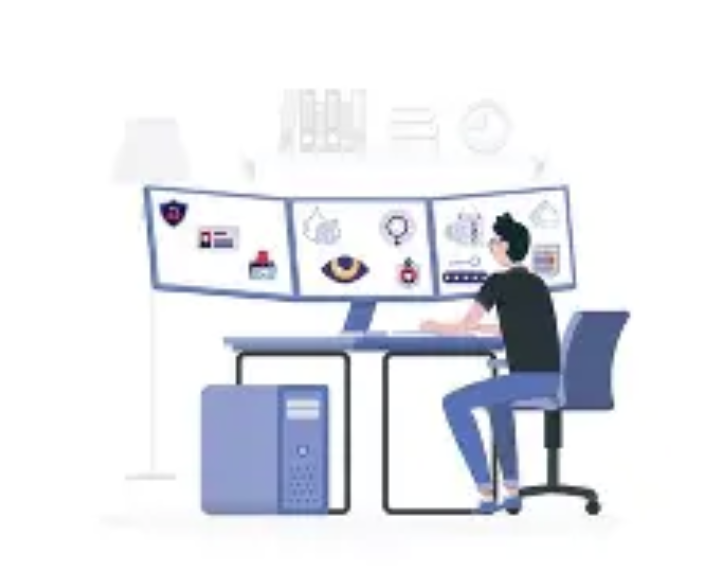Korea's 6G Core Network Breakthrough: 100Gbps for Immersive Telepresence
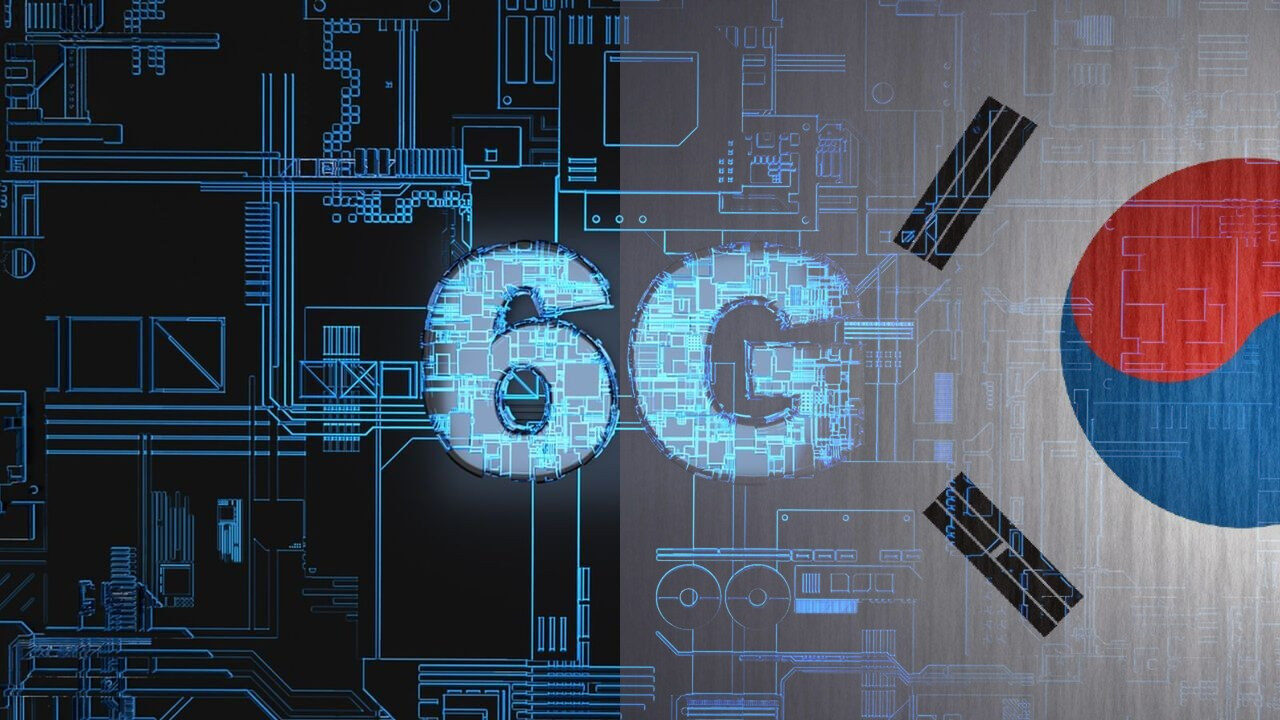
In June 2025, a groundbreaking demonstration at Seoul’s annual Electronics and Telecommunications Research Institute (ETRI) Conference turned heads globally: a real-time rock-paper-scissors game played simultaneously by participants in Seoul, Daejeon, and Busan—three cities spanning 1,190 kilometers—with a latency of just 6.2 milliseconds. Powered by South Korea’s latest sub-terahertz (sub-THz) band technology, the demo wasn’t just a novelty; it previewed the sensory leap 6G will bring to immersive telepresence. Two months later, in August 2025, ETRI pushed boundaries further: achieving a 200 gigabits per second (Gbps) wireless transmission using 160GHz frequencies in an outdoor urban test, a milestone that solidifies Korea’s lead in next-generation networking. These advances aren’t just technical feats—they’re stepping stones toward commercial 6G core networks capable of sustained 100Gbps speeds, the minimum threshold for making immersive telepresence feel indistinguishable from in-person interaction.
At the heart of this breakthrough is ETRI’s proprietary integration of sub-THz frequencies with adaptive beamforming and coordinated multi-point (CoMP) transmission. Unlike 5G, which relies on mid-band frequencies capped at roughly 10Gbps, sub-THz bands (100GHz–3THz) unlock far greater bandwidth—but historically suffered from short range and signal degradation in urban environments. ETRI’s solution? A multi-antenna array that operates across a 10GHz bandwidth, paired with CoMP technology that merges signals from three overlapping radio units to extend coverage. “We’ve turned sub-THz’s biggest weakness into a strength,” explained ETRI president Bang Seung-chan, noting that field tests in downtown Seoul showed signal stability even when passing through glass and concrete—critical for real-world deployment. LG Electronics, a key industry partner, complemented this with power amplifiers that generate a consistent 15dBm output in the 155–175GHz range, ensuring reliable data flow for bandwidth-heavy applications like 8K holographic streaming.
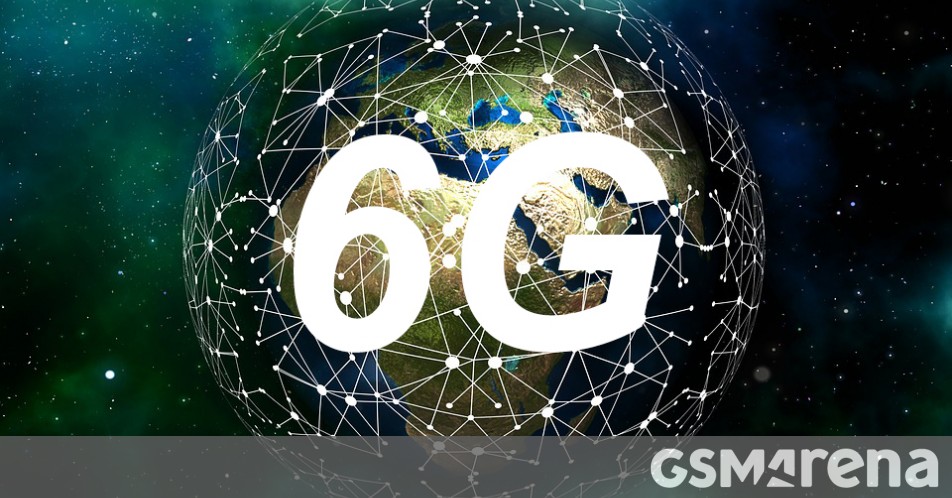
Government investment and industry collaboration have been catalysts for progress. Since 2023, South Korea’s Ministry of Science and ICT has allocated approximately one point eight billion United States dollars to 6G R&D, with half earmarked for public-private partnerships. In 2025 alone, ETRI partnered with Samsung Electronics to develop 6G-compatible chipsets, and joined forces with Ericsson (Sweden) and Qualcomm (U.S.) to align technical specs with global standards—a move to avoid the fragmentation that slowed early 5G adoption. The funding also supports pilot projects tied to immersive telepresence: Seoul National University Hospital is testing 6G-enabled remote surgery simulations, where surgeons use haptic gloves to manipulate tools in a virtual operating room, with 6G’s low latency ensuring movements translate to physical robots in real time. Meanwhile, Hyundai Motor Group is exploring 6G for “meta-factory” operations, where engineers in Seoul can interact with 3D holograms of production lines in Busan to troubleshoot issues—cutting travel time and costs.
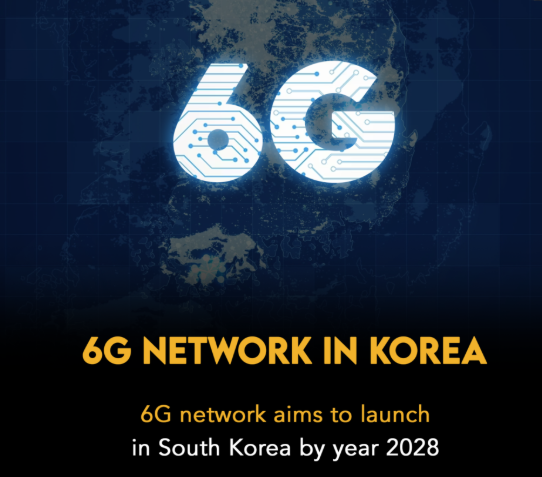
Challenges persist, however. Scaling sub-THz infrastructure remains costly: each 6G base station is estimated to cost twice as much as a 5G tower, prompting the government to offer 30 percent subsidies for telecoms like SKTC and KT to deploy networks in major cities by 2027. Global standardization also remains a work in progress, with China and the U.S. pushing alternative frequency bands. Korea’s response? A phased rollout: first targeting enterprise use cases (like remote healthcare and manufacturing) by 2029, then consumer applications (such as holographic video calls) by 2032. “Our 100Gbps goal isn’t just about speed—it’s about redefining how we connect,” Bang emphasized at ETRI’s 2025 conference. For a world increasingly reliant on virtual collaboration—from remote work to cross-border education—Korea’s 6G breakthroughs offer a glimpse of a future where distance no longer limits human interaction.
(Writer:Lily)

